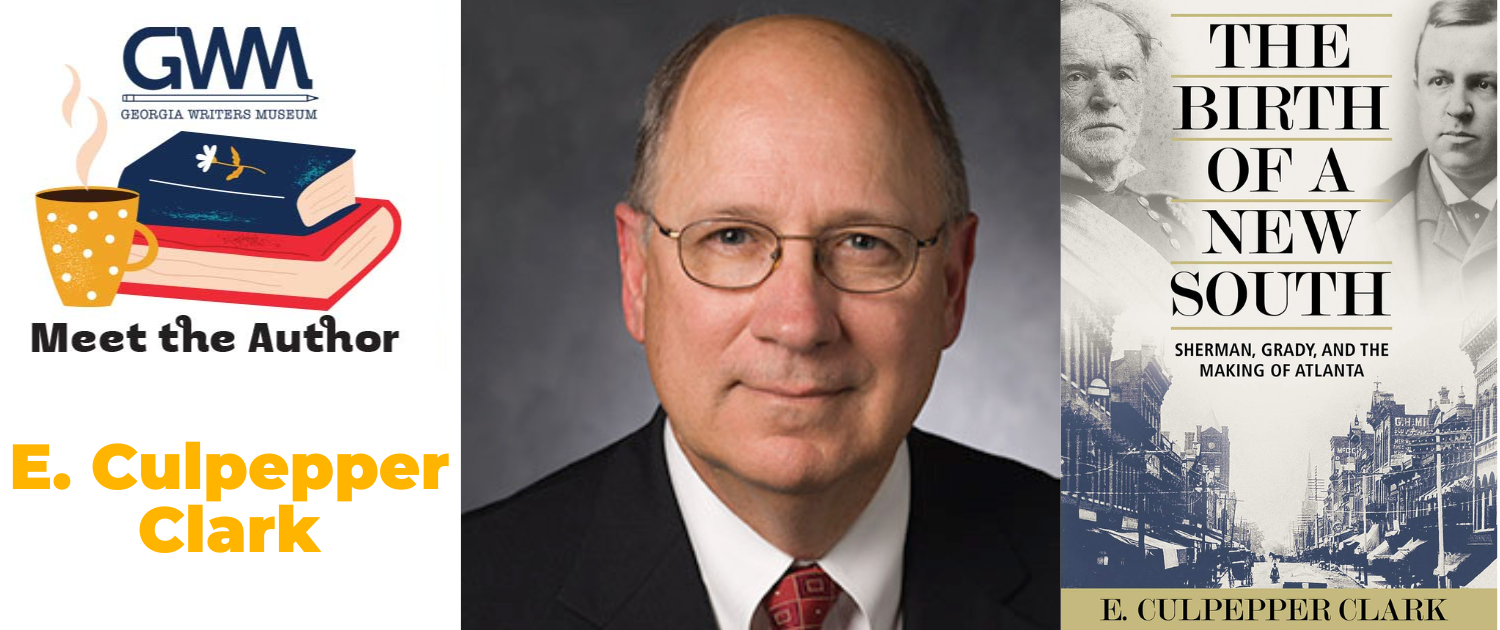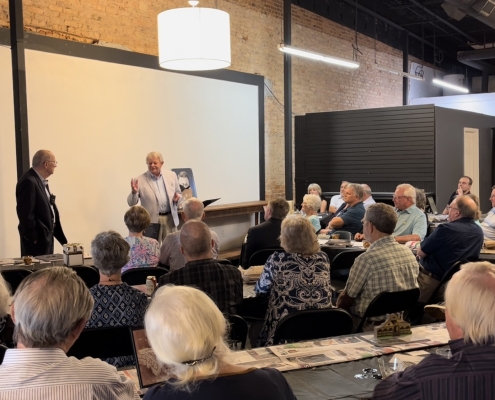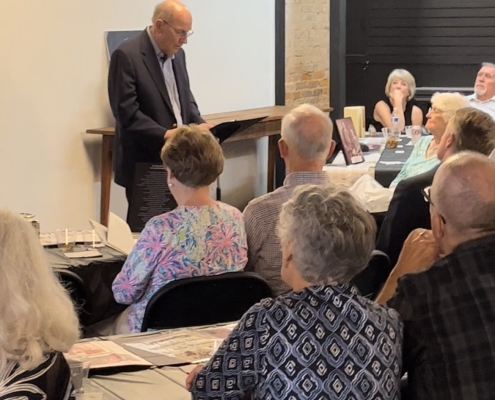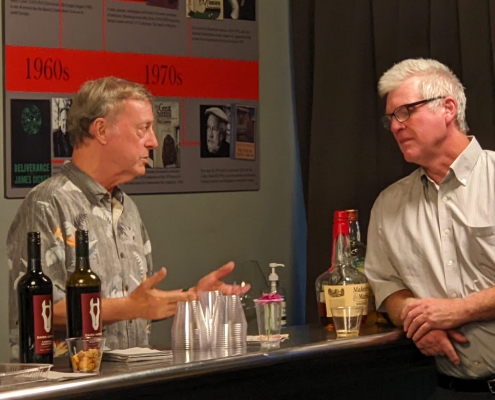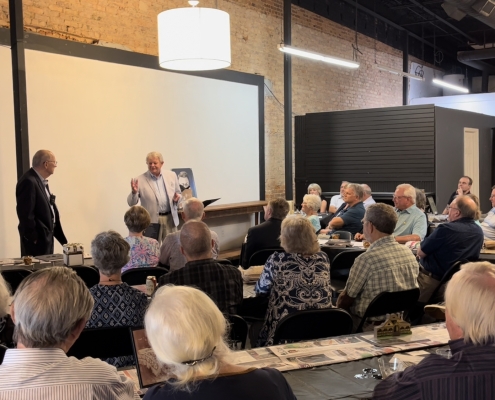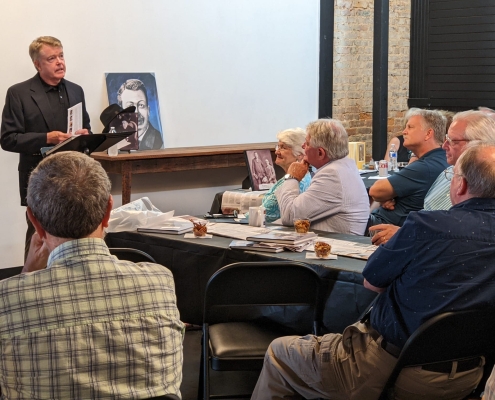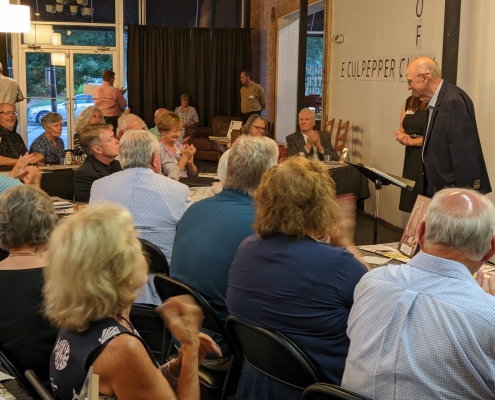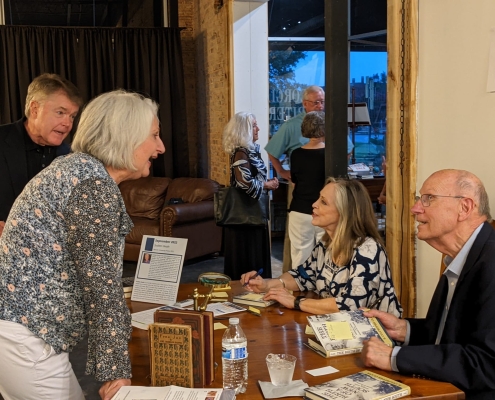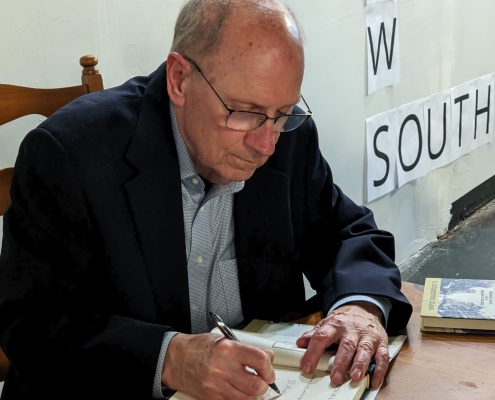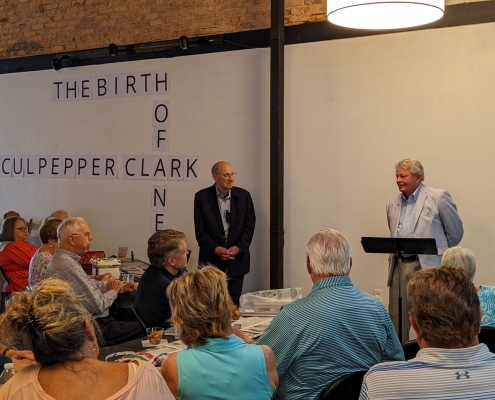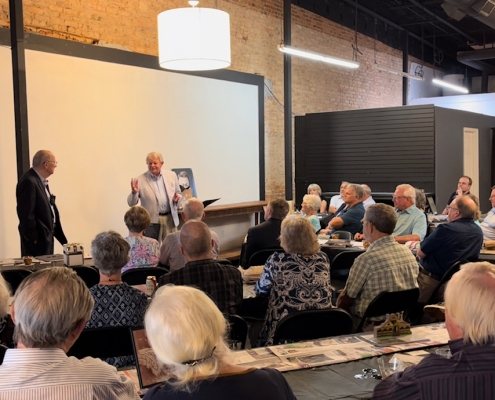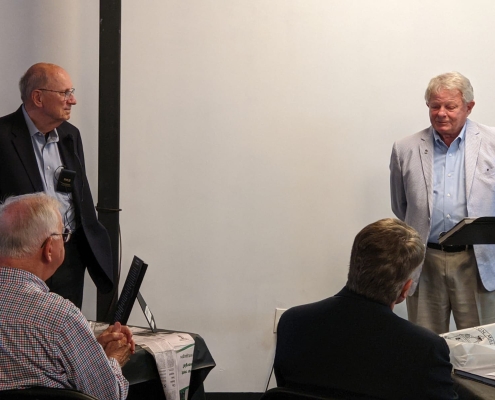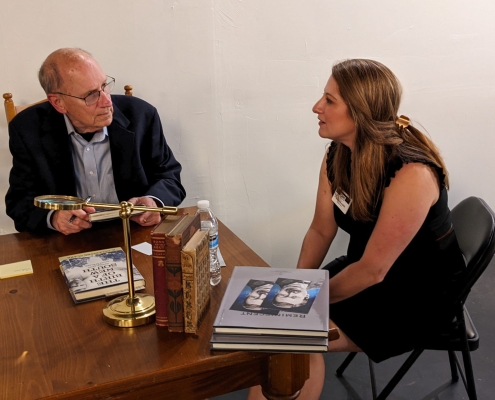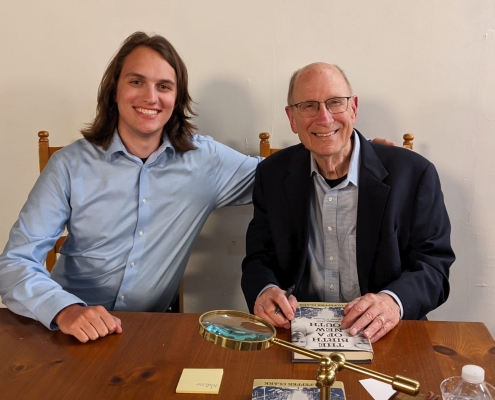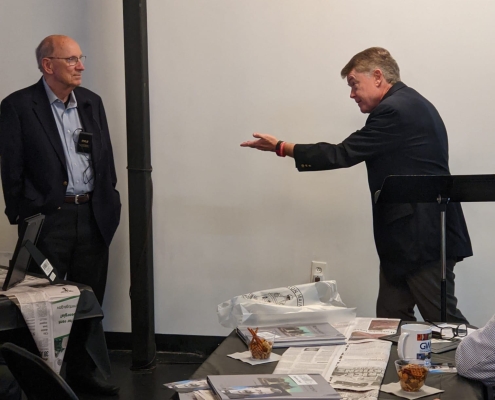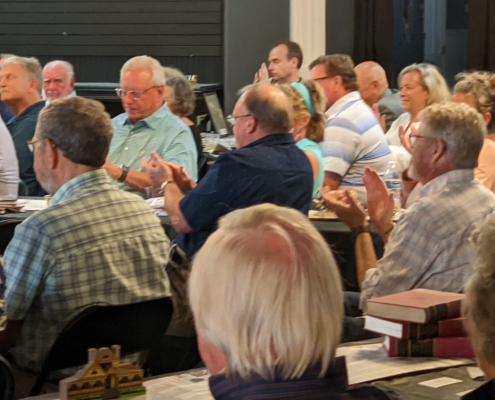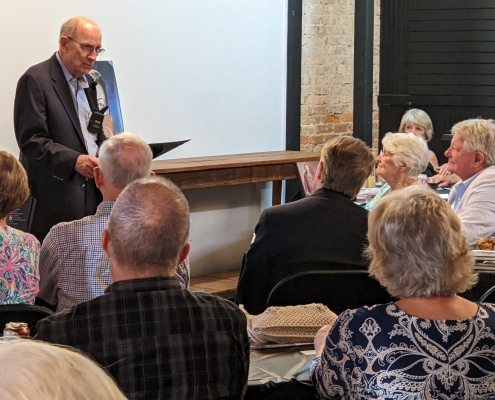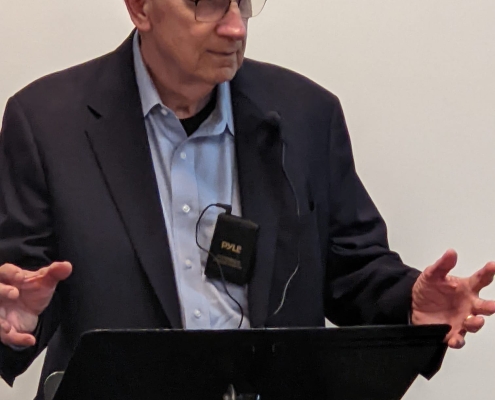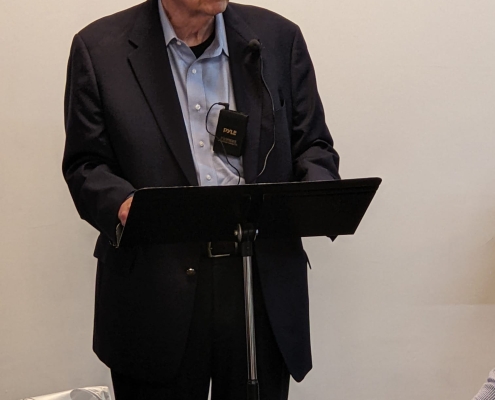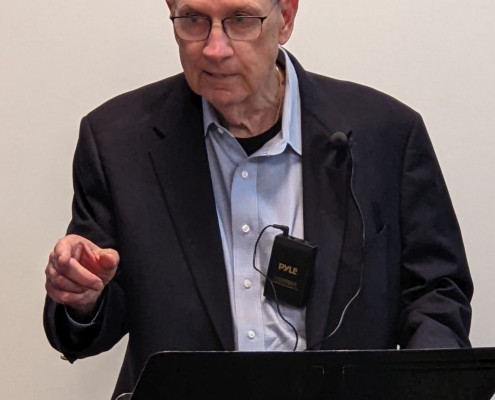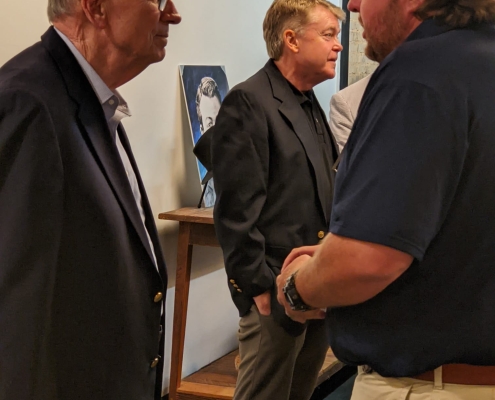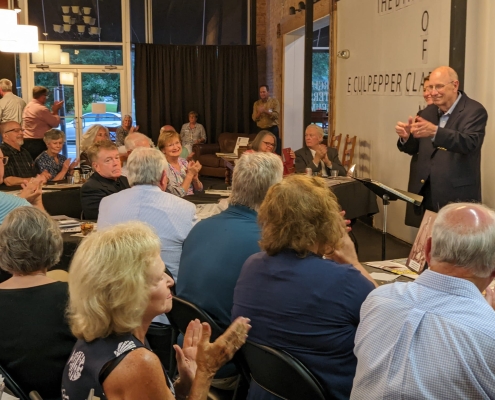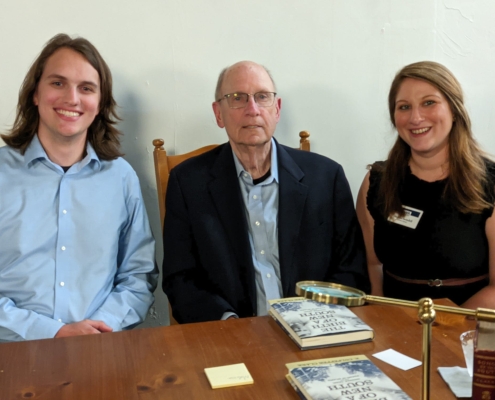The Birth of a New South
Sherman, Grady, and the Making of Atlanta
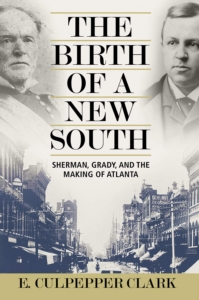 Atlanta, Georgia, is the New South city. No two names are more associated with its emergence than William Tecumseh Sherman and Henry W. Grady: Sherman the destroyer and Grady the New South’s principal architect. Henry Grady advocated for a more urban South but had a vision for improved farm life as well. Remembered as the “great reconciler” between North and South, his famous “New South” speech echoes through the ages. William Sherman financially supported Grady’s efforts in organizing the Piedmont Exposition of 1887, a step toward opening markets on a wider scale for Atlanta and Georgia. Though Grady died young at age 39 in 1889, one cannot go far in Atlanta today without coming across his name on streets and public buildings. Grady energized progressive thought about the future of the South. Hosts of journalists and writers from Joel Chandler Harris to Ralph McGill and Lilian Smith considered themselves in the Grady tradition. Grady’s legacy is also segregation, and this book is filled with the horrors of that system from the Supreme Court’s Plessy v. Ferguson decision in 1896 to Brown v. Board of Education in 1954, the latter taking the South fully fifty years to implement.
Atlanta, Georgia, is the New South city. No two names are more associated with its emergence than William Tecumseh Sherman and Henry W. Grady: Sherman the destroyer and Grady the New South’s principal architect. Henry Grady advocated for a more urban South but had a vision for improved farm life as well. Remembered as the “great reconciler” between North and South, his famous “New South” speech echoes through the ages. William Sherman financially supported Grady’s efforts in organizing the Piedmont Exposition of 1887, a step toward opening markets on a wider scale for Atlanta and Georgia. Though Grady died young at age 39 in 1889, one cannot go far in Atlanta today without coming across his name on streets and public buildings. Grady energized progressive thought about the future of the South. Hosts of journalists and writers from Joel Chandler Harris to Ralph McGill and Lilian Smith considered themselves in the Grady tradition. Grady’s legacy is also segregation, and this book is filled with the horrors of that system from the Supreme Court’s Plessy v. Ferguson decision in 1896 to Brown v. Board of Education in 1954, the latter taking the South fully fifty years to implement.Meet the Author
E. Cu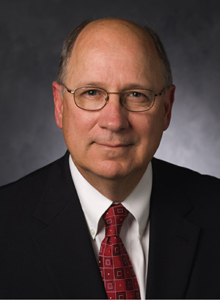 lpepper Clark is dean and professor emeritus of the Henry W. Grady College of Journalism and Mass Communication at the University of Georgia and also of the College of Communication and Information Sciences at the University of Alabama. A historian of the South since the Civil War, his published works have focused on the New South Movement and on Civil Rights. His book, The Schoolhouse Door: Segregation’s Last Stand at the University of Alabama, was named a Notable book by The New York Times Book Review. He also founded and edited a series, Studies in Rhetoric and Communication, in which more than thirty titles appeared.
lpepper Clark is dean and professor emeritus of the Henry W. Grady College of Journalism and Mass Communication at the University of Georgia and also of the College of Communication and Information Sciences at the University of Alabama. A historian of the South since the Civil War, his published works have focused on the New South Movement and on Civil Rights. His book, The Schoolhouse Door: Segregation’s Last Stand at the University of Alabama, was named a Notable book by The New York Times Book Review. He also founded and edited a series, Studies in Rhetoric and Communication, in which more than thirty titles appeared.

